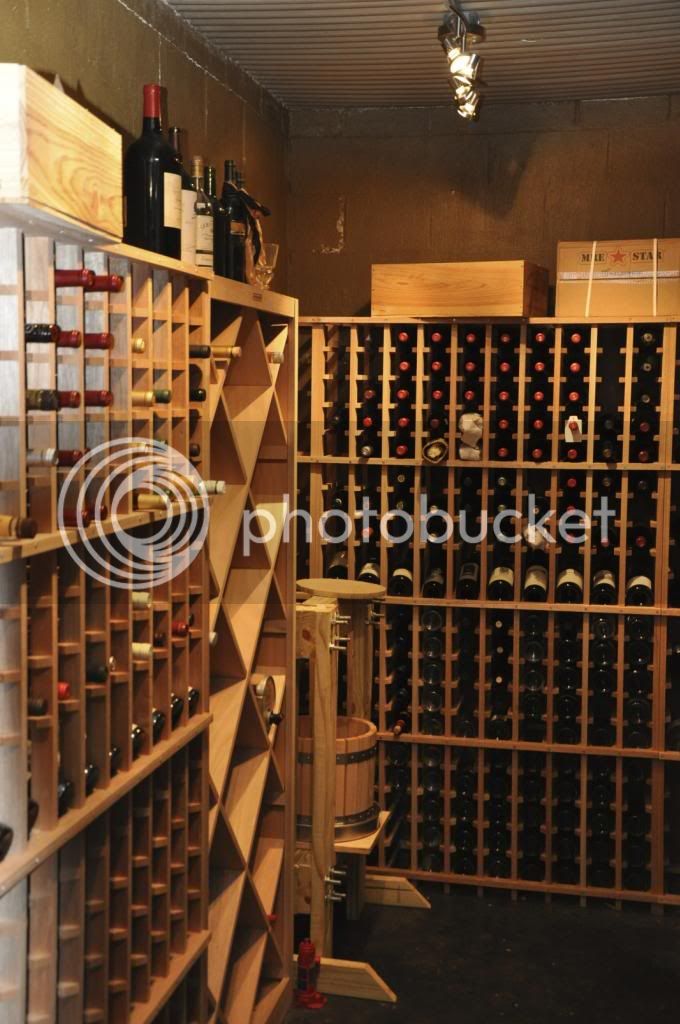nucjd
Cove Springs Farm
- Joined
- Feb 18, 2012
- Messages
- 153
- Reaction score
- 35
Hey folks. Question to pose for y'all.
First a little background I have a small vineyard on my farm ( Chardonnay, merlot, mourvedre ) and I have made wine from kits as well as my own vines. I age my wines in my wine cellar which is a converted storm shelter in my basement that is concrete (20 wide 6 feet deep and 10 feet tall) and built into the hillside. The space is outfitted with a wine cellar cooling system and during the winter it sits about 45 to 50 degrees F and during the summer it rises to a peak of about 60 to 65 degrees F.
Now, I have been checking SO2 a lot more on my wines as I am using a barrel ( BTW it is just amazing and I am loving the results ) and I am consistently a little low in SO2 but have had no problems with long term storage or wine stability. I was wondering does the stable cool storage temps contribute to the stability and allow me to use less SO2 or am I dancing with the devil?
Here is a pic of the space as threads are more fun with pictures

First a little background I have a small vineyard on my farm ( Chardonnay, merlot, mourvedre ) and I have made wine from kits as well as my own vines. I age my wines in my wine cellar which is a converted storm shelter in my basement that is concrete (20 wide 6 feet deep and 10 feet tall) and built into the hillside. The space is outfitted with a wine cellar cooling system and during the winter it sits about 45 to 50 degrees F and during the summer it rises to a peak of about 60 to 65 degrees F.
Now, I have been checking SO2 a lot more on my wines as I am using a barrel ( BTW it is just amazing and I am loving the results ) and I am consistently a little low in SO2 but have had no problems with long term storage or wine stability. I was wondering does the stable cool storage temps contribute to the stability and allow me to use less SO2 or am I dancing with the devil?
Here is a pic of the space as threads are more fun with pictures






